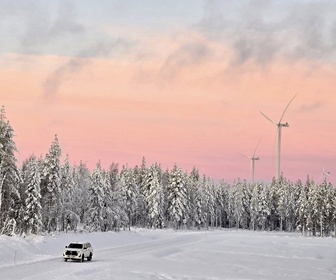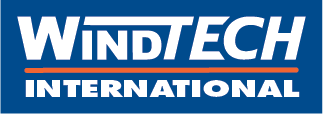Affordable Wind Power for Anyone Anywhere
 Wind power has the potential to provide affordable electrical power throughout much of the world, and there is certainly more than one way to do it. The patented revolutionary INVELOX wind technology, developed by the American company SheerWind, is providing an effective alternative to conventional propeller-driven wind-harvesting systems. In this article, Dr Daryoush Allaei notes some of the problems with conventional wind power generation and then goes on to describe how the innovative INVELOX wind technology could change the game.
Wind power has the potential to provide affordable electrical power throughout much of the world, and there is certainly more than one way to do it. The patented revolutionary INVELOX wind technology, developed by the American company SheerWind, is providing an effective alternative to conventional propeller-driven wind-harvesting systems. In this article, Dr Daryoush Allaei notes some of the problems with conventional wind power generation and then goes on to describe how the innovative INVELOX wind technology could change the game.
Dr Daryoush Allaei, Chief Technical Officer, SheerWind, Inc.
 Wind power has the potential to provide affordable electrical power throughout much of the world, and there is certainly more than one way to do it. The patented revolutionary INVELOX wind technology, developed by the American company SheerWind, is providing an effective alternative to conventional propeller-driven wind-harvesting systems. In this article, Dr Daryoush Allaei notes some of the problems with conventional wind power generation and then goes on to describe how the innovative INVELOX wind technology could change the game.
Wind power has the potential to provide affordable electrical power throughout much of the world, and there is certainly more than one way to do it. The patented revolutionary INVELOX wind technology, developed by the American company SheerWind, is providing an effective alternative to conventional propeller-driven wind-harvesting systems. In this article, Dr Daryoush Allaei notes some of the problems with conventional wind power generation and then goes on to describe how the innovative INVELOX wind technology could change the game. Dr Daryoush Allaei, Chief Technical Officer, SheerWind, Inc.










